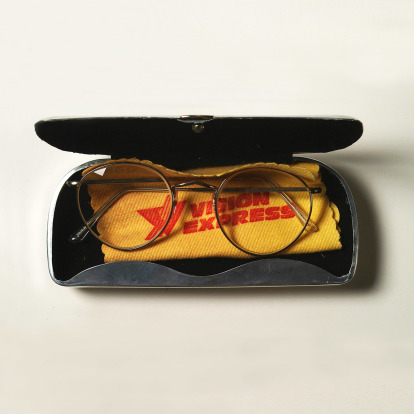Sebaldiana is born
25 .01 .2015 - Jorge Carrión / Mario Hinojos
[Translated by Mark Waudby]
The sudden death of the writer W. G. Sebald in December 2001, came as a shock to the world literary scene. Sebald addressed many of the major issues of the 20th century. A pro-European outlook, an awareness of the meta-journey, anti-moral agonism, the aftermath of war, the figure of the writer, erudition, a mix of registers and genres, history and personal memory, and a devotion to archives make it fully pertinent today.
His major asset was a melancholy body of work which was nineteenth century in appearance only and allowed him to engage in a dialogue with the most outstanding exponents of the western literary canon, from Stendhal to Borges, through Kafka, Proust, Walser, Conrad, James and Nabokov. The use of images and the power of his subject matter soon resonated with the world of contemporary art. Since then, and, above all, due to the prominence he attained through his early death, a substantial number of writers, critics, artists and thinkers have read the pages and arguments of Sebald’s books, giving rise to a parallel body of texts and works that have constructed and expanded the Sebald Galaxy.
Sebaldiana attempts, in its own way, to contribute to this dialogue by providing a blog for the exhibition Sebald Variations. The objective is to build a bridge between the works on display in the exhibition, which are more akin to the visual essay and practices of contemporary art, and the literary nature and narrative devices of the author of Austerlitz and The Rings of Saturn. This is an archive which is already up and running. It consists of a series of articles written by specialists and authors from the Latin American, European and US scene, whose work is closely connected to W.G. Sebald’s ideas.
Just like the collection of eyes in Unrecounted, written by Sebald in collaboration with Jan Peter Tripp, Sebaldiana brings together dissimilar gazes that are equally associated with the German writer’s poetics and interests. Like Sebald’s work, this magazine is a patchwork of texts which, rather than being associated with a genre or a simple gloss on critical arguments, aim to cut across different registers and sources: creative writing or spaces for comparative literature; essays on how Sebald’s work was received by the academic world or authors associated with the Sebald phenomenon; collections of anecdotes about his work, or simply pieces stemming from the techniques Sebald made his own, will feature in the pages of this publication during the four months Sebald Variations will be open to the public. Sebaldiana will draw on this literary corpus to create a dynamic blog interspersed with miscellaneous contents inspired by the exhibition and the new paths it will forge.
Mein Medium ist die Prosa, nicht der Roman; my medium is prose, not the novel, Sebald said in an interview with Sigrid Löffler. This statement, although modest, is equally aspirational and Sebaldiana.






